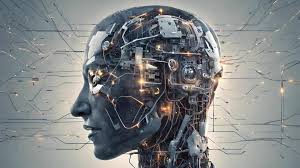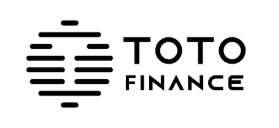Key Takeaways
- Identic Artificial Intelligence merges personal identity with intelligent agents.
- AI companions can enhance productivity, wellness, and lifelong learning.
- Major risks include job loss, inequality, and corporate control of digital selves.
- Self-sovereign identity and blockchain are essential for democratizing Artificial Intelligence.
- The future depends on building transparent, decentralized AI systems.
You to the Power of Two: Human Potential in the Age of Identic AI
As artificial intelligence rapidly evolves, one frontier stands out as both revolutionary and urgent: the fusion of AI and personal identity. You to the Power of Two: Human Potential in the Age of Identic Artificial Intelligence explores this shift, arguing that we are entering an era where AI stops being a tool and becomes an active participant in our daily lives. The book outlines a future in which “Identic Artificial Intelligence”—smart, personalized digital counterparts—reshape how we work, learn, and make decisions.
The Rise of AI-Enhanced Identity
Identic Artificial Intelligence emerges at the moment our digital identities grow more capable and autonomous. These 24/7 AI companions promise to streamline daily tasks, support health and wellness goals, and expand lifelong learning opportunities. For professionals, Identic Artificial Intelligence becomes a true co-pilot—boosting creativity, accelerating productivity, and amplifying decision-making.
But the influence goes far beyond the workplace. These digital agents could become personal advisors, health coaches, financial planners, cultural curators, and counselors. At their best, they act as “digital sidekicks” guiding individuals toward more fulfilling, intentional lives.
The Risks: Identity, Inequality, and Unchecked Power
With unprecedented capability comes unprecedented danger. The book warns of major societal risks: job displacement, widening inequality, and—most critically—the concentration of power among corporations that control our digital selves. If Identic AI becomes owned rather than self-sovereign, humanity risks surrendering autonomy to a handful of platforms.
To avoid this, the authors argue for decentralized digital identity built on blockchain. Only through self-sovereign identity can people retain control over their Artificial Intelligence personas, data, and agency. Achieving this requires a reinvention of the AI stack—one that democratizes access and governance.
Also Read: What Is a Blockchain?
A Road Map for a Human-Centered AI Future
The book offers a practical framework for individuals, businesses, and policymakers to responsibly harness Identic Artificial Intelligence . Its guidance underscores a central question: Will we build AI that empowers people—or Artificial Intelligence that confines them?
Also Read; Will AI and Blockchain Merge? The Future of Decentralized AI
The authors make the case clear: a decentralized, self-sovereign Artificial Intelligence future is both possible and imperative.
Conclusion
You to the Power of Two positions Identic Artificial Intelligence as one of the most transformative forces of our era. Whether it becomes a catalyst for human empowerment or a driver of digital domination depends on choices we make now. The future of identity—and humanity—remains in our hands.




